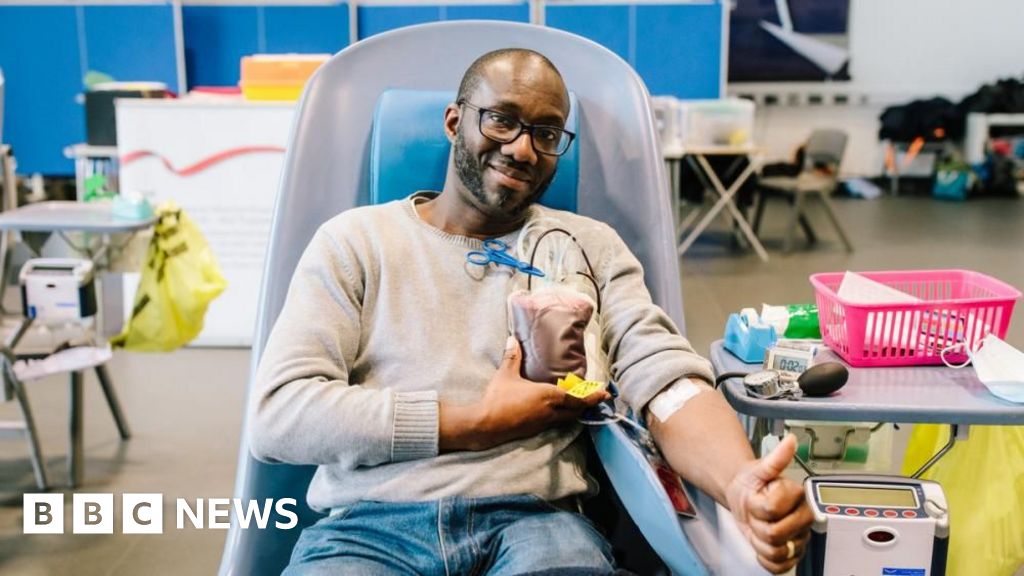ARTICLE AD BOX
Image source, Getty Images
A noisy gadget that works in a similar way to a metal detector is being recommended in draft guidance for the NHS to help spot and treat breast cancer that may have spread.
The Sentimag probe detects magnetised liquid, called Magtrace, injected into the tissue around the cancer.
It tracks the fluid's journey - bleeping as it moves over the skin - to show where cancer may have seeded.
A surgeon can then sample or biopsy the region to check if cancer is present.
The draft recommendation by NICE (National Institute for Health and Care Excellence) could help more hospitals in England, Wales and Northern Ireland perform checks. NICE has no status in Scotland.
Currently, some hospitals use a harmless radioactive dye injection and a scan instead, but this is not universally available.
Jeanette Kusel, acting director for MedTech and digital at NICE, explained: "People with breast cancer want to know if their cancer has been isolated or has spread to the rest of their body. The earlier this is established, the better the potential outcomes will be.
"This technology is another option for surgeons who work in hospitals with limited or no access to radiopharmacy departments. The benefits include the potential for more procedures to take place, reducing the reliance on radioactive isotopes shipped into the country, and for less travel for people having a biopsy."
The brown-coloured Magtrace liquid injection contains iron oxide, which is magnetic.
Once injected, these particles are absorbed into the lymphatic system, following the route that cancer cells are most likely to take when they spread from a tumour and become trapped in lymph nodes, often in the armpit.
Magtrace also stains the lymph nodes dark brown, which helps with identification when doctors do a biopsy.
Some patients might notice some brownish skin colouration near the site of injection in the breast tissue, but this fades with time.

 3 years ago
80
3 years ago
80








 English (US) ·
English (US) ·